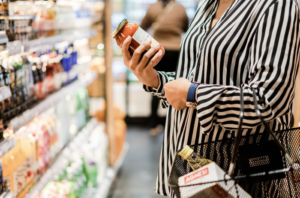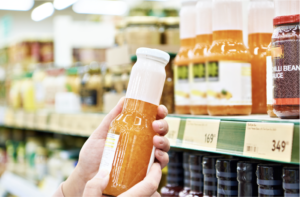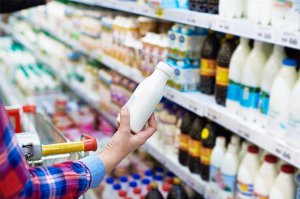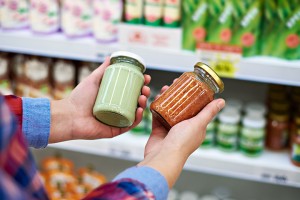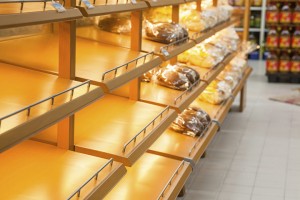Shrinkflation: Smaller packages substantially more expensive
It is not a secret that smaller pack sizes are usually more expensive per gram or liter than larger ones. Examples of brands that have reduced pack sizes without reducing price have been widely reported in the press – a phenomenon called shrinkflation. Most readers will have seen their chocolate bars getting lighter but their wallets not getting any heavier.
We examined the relationship between pack size and price for 3,516 brands across 86 categories in Austria, Spain and France. We found:
 Small pack sizes are substantially more expensive: A pack size that contains less than 25% of the volume compared to the brand’s average size is 2.8 times more expensive than the average price of a brand. In comparison, a pack size that is twice as large is sold at a 20% discount compared to the average brand price.
Small pack sizes are substantially more expensive: A pack size that contains less than 25% of the volume compared to the brand’s average size is 2.8 times more expensive than the average price of a brand. In comparison, a pack size that is twice as large is sold at a 20% discount compared to the average brand price.- “Shrinkflation” is evident across all categories and is most pronounced in pet food and household care. In these categories pack sizes below the average brand pack size are more than 2 times more expensive than pack sizes above the average brand size.
Why are some categories able to charge relatively more for smaller pack sizes than others? Are smaller packs more intrinsically valuable in pet food than in beverages?
If brands can unlock the value potential in smaller packs they could benefit from higher margins but they need to understand the impact on consumer perceptions before undergoing any shrinkificaiton.


















































































































